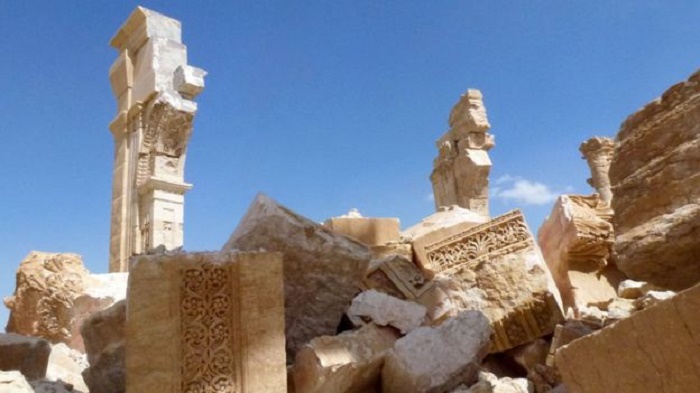Known as Prothego, the initiative will run for two years.
The aim is to produce a monitoring "toolkit" that the UN and national authorities can employ in the future management of WHL centres worldwide.
One of the study leaders is Dr Francesca Cigna from the Nerc British Geological Survey.
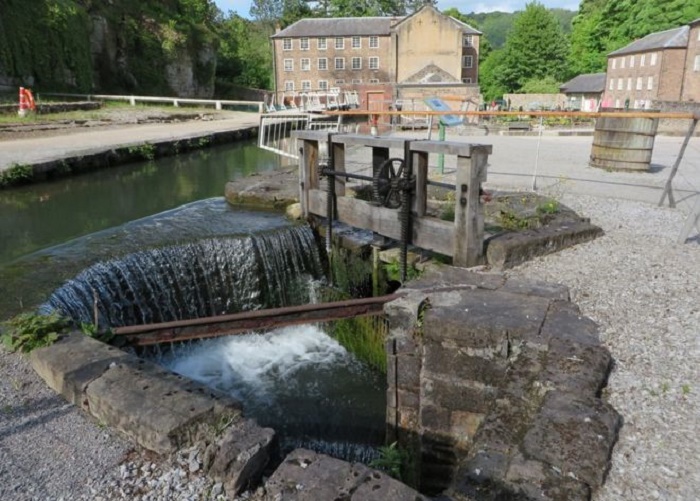
"In the first instance we are going to use legacy data from the past 20 years to demonstrate the principles, but at the end of the project we want to create a guidebook or atlas for Unesco that shows them how to look at radar interferometry to continually assess these heritage assets," she told.
Interferometry is the practice of overlaying a series of radar images taken through time to reveal ground movements.
Even the subtlest of deformations, on the order of millimetres per year, can be detected.
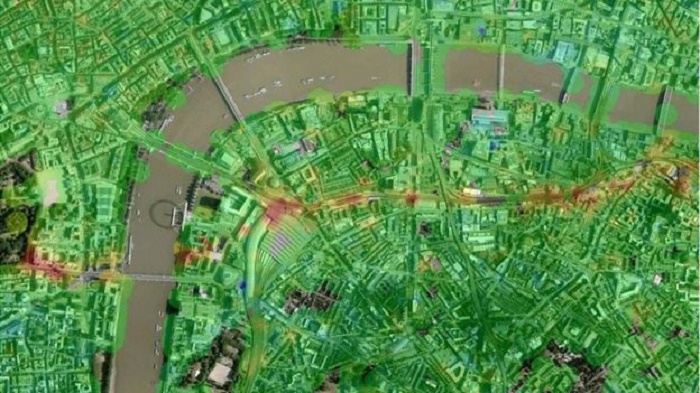
Obvious threats include earthquakes, volcanic activity, landslides, subsidence, sinkholes, and coastal erosion.
Some ground instability can develop suddenly, but often the stresses it imposes on structures will only become apparent over the long term. And while many of these impacts are entirely natural, human activity can exacerbate them.
For a number of urban centres on the WHL - a good example being Venice - subsidence has been accelerated by the extraction of ground water.
And in London, which has several Unesco heritage sites and monuments, tunnelling for transport and utilities has resulted in the movement of buildings as the sediments on which they stand have settled following the underground disturbance.
Currently, Unesco`s list of world heritage sites in danger tends to focus on those places that face immediate, rapid degradation, such as from armed conflict or unsustainable tourism.
The Syrian wonder of Palmyra has been on the danger list on both counts.
Prothego (PROTection of European cultural HEritage from GeO-hazards) will now use radar interferometry and other remote sensing techniques, combined with additional geological information, to look at what has been occurring at WHL sites across Europe.
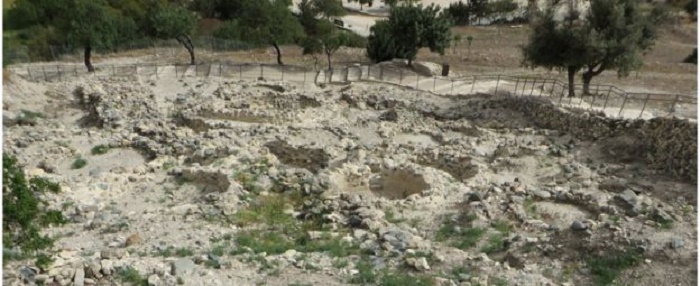
The team will mine two decades of radar imagery from the European Space Agency`s Envisat and ERS satellites.
And for four sample sites - one in each project partner nation: the UK, Italy, Cyprus and Spain - the scientists will do a detailed analysis, of the sort that could form the template for future management.
In Italy, this will be the historic centre of Rome; in Cyprus, it will be the Neolithic settlement of Choirokoitia; and in Spain it will be the Alhambra palace and fortress.
In Britain, the target will be the Derwent Valley complex with its collection of old mills from the Industrial Revolution. One of the factors that will be significant in this analysis will be flooding, says Dr Cigna.
"It wasn`t one of the original goals of Prothego but we are now discussing this internally because the issue is quite important, especially in Europe. We had the big floods in the UK in December; it`s a hazard we can`t ignore," she explained.
"Of course, in the UK, the BGS does not have a responsibility for flooding but we can look at the issue from a geological perspective." This would include impacts from flooding such as developing slope instabilities.
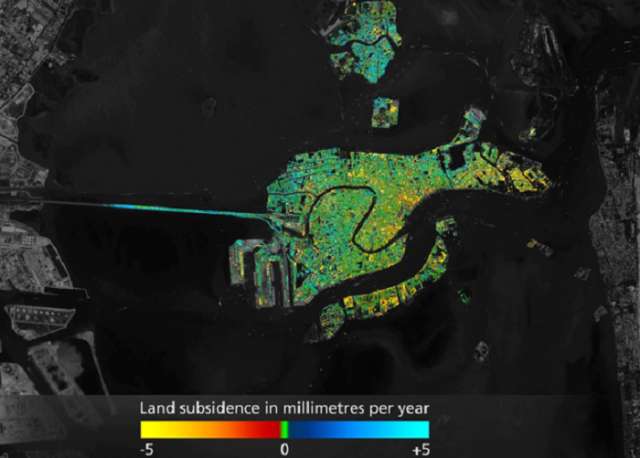
Going forward, satellite interferometry has a remarkable new resource in the EU`s Sentinel constellation.
This now has two radar spacecraft circling the Earth that will soon be acquiring images of the planet`s entire land surface every six days.
Although the resolution will not be suitable for all applications, the Sentinel data will be open and free for anyone to use.
It is also being guaranteed until at least 2030, meaning any monitoring services based on the information will have the assurance of knowing it will be continuous.
"For the future, Sentinel promises to be a fantastic resource," said Dr Cigna.
The partners on Prothego include Italy`s Institute for Environmental Protection and Research, and the University of Milano-Bicocca; the Cyprus University of Technology; and the Geological Survey of Spain.
Prothego`s UK component is funded through the Arts and Humanities Research Council (AHRC).
The project, which can be followed via Twitter, was discussed at the recent European Geosciences Union General Assembly.
